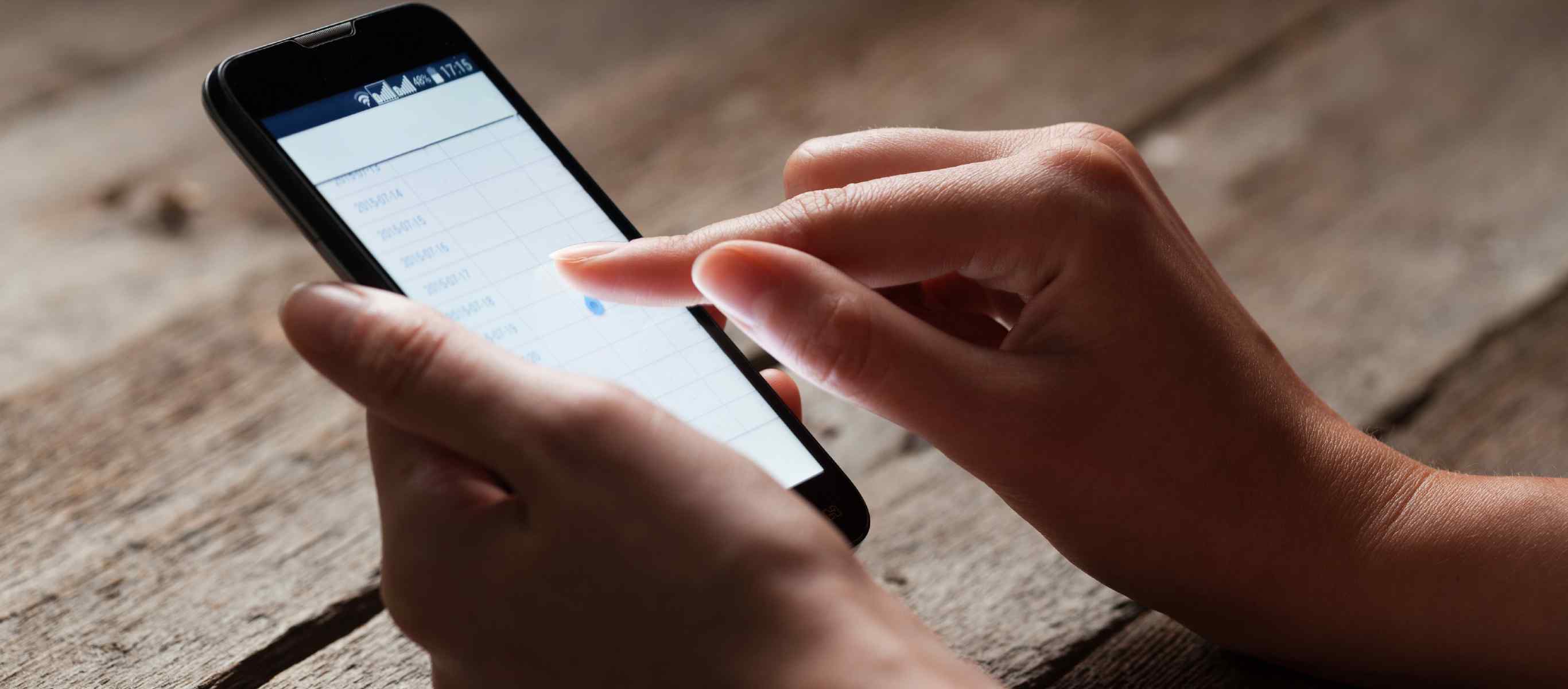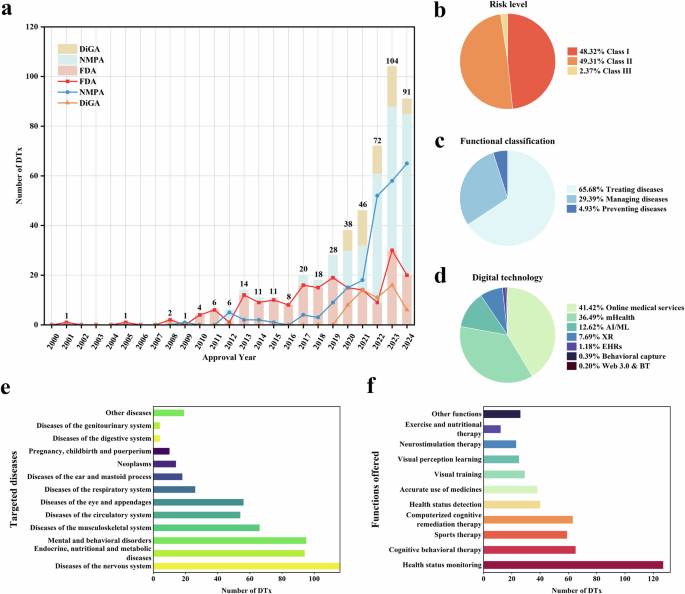Mobile Health Apps Can Be a Valuable Tool for Providers and Patients, But Regulation Issues Persist

Liz Ashall-Payne, the founder and CEO of ORCHA, an international effort to establish digital health standards, explains why mHealth apps need a rigid rating system to gain widespread acceptance.
[Editor’s Note: Liz Ashall-Payne is a trained clinician in the UK’s National Health Service and the founder and CEO of the Organisation for the Review of Care and Health Apps (ORCHA), a global leader in digital health accreditation and distribution services.]
Twenty-five years ago I started my career as a speech language pathologist for the British National Health Service. And from day one I was frustrated that I could only see one patient at a time, especially with long waiting and treatment times.
When digital health and mobile health apps began to appear on the market, I realized that these scalable tools could help solve those problems. They can be given to one person or one million people, giving everybody access to help at the same time.
Back then, there were only around 35,000 digital health apps, but more importantly, nobody was using them.
With that in mind I founded the Organization for the Review of Care and Health Apps (ORCHA). Our mission was to be an arbiter between the tech-focused health app developers and the healthcare providers who wanted to use and/or prescribe these new tools, holding these health apps to the highest possible standards.

Liz Ashall-Payne, founder and CEO, ORCHA. Photo courtesy ORCHA.
On one hand, having this technology on our cellphones brings unparalleled possibilities for the future delivery of healthcare. Health apps can help us manage chronic conditions such as cancer or diabetes, remind us to take meds, encourage us to eat well and exercise more, flag potential skin cancers or help support us with our mental health.
On the other, this market still is largely unregulated, and poor-quality apps can present a significant risk to IT security and patient safety. Unlike the tightly controlled medication marketplace, the health apps available to consumers on Google and Apple app libraries are subject only to light oversight.
Now, eight years after setting up ORCHA, there are around 334,500 health apps available on app stores – a dazzling array of choice for consumers. Last year more than 86 million citizens used a health or fitness app and two-thirds of healthcare professionals believe these apps will encourage patients to take more responsibility for their health.
Yet when these apps are put through an ORCHA assessment, we consistently fail around 80 percent of them. They fail due to poor performance in data privacy, professional assurance, or usability, or a combination of the three.
And that’s frustrating. When health apps are good, they are really very good, and we need healthcare providers and patients to recognize their potential. For example, recent research into the performance of digital tools designed to help those with diabetes found that blood glucose levels among those with Type 2 Diabetes can be reduced by up to 1.1% when patients use digital tools alongside standard medication. This is a compelling result, as a 1% reduction in blood sugar has been proven to reduce diabetes complications by 37%.
In contrast, when the federal right to abortion was overturned last year, we were all jolted by the unexpected consequences to digital technology. Users of period tracker apps who had felt safe and private found that their most sensitive data was being shared with third parties–and that, in the wrong hands, this data could be used against them. Our own research found that 84% of period tracker apps were sharing data with third parties and half showed poor compliance with privacy laws.
Our team has identified several apps that are popular on app stores but offer little or no evidence of support from a healthcare expert or any published trials or studies. These include a substance abuse app with more than 100,000 downloads and an AI chatbot with 10 million downloads.
So here we are, on the cusp of a healthcare revolution that offers unlimited potential for every demographic in the US, and with citizens increasingly ready to use these tools (5 million are downloaded each day) but with significant issues still to be addressed.
In 2020 an open source and multi-organization steering group was set up to tackle this problem. Working together, and in the interests of the public good, the American Telemedicine Association, the American College of Physicians and ORCHA developed the nation’s first health app assessment framework – a nationwide effort to raise the quality of health apps.
The Digital Health Assessment Framework (DHAF) offers a universal benchmark, testing each health app against 400 standards, including the Health Insurance Portability and Accountability Act (HIPAA). The framework has been developed based on existing and emerging global digital health assessment models, including those used by UK’s National Health Service, the German Federal Ministry’s DiGA and emerging standards used in Scandinavia, New Zealand, and Canada.
To meet the DHAF standards, digital health products need to score 65% or better in three criteria: Data privacy, professional assurance, and usability.
The objective is twofold: To help digital health app developers produce better products, and to collate the high-quality apps which pass the DHAF review into digital health app libraries. Physicians can then use these online libraries to recommend top quality health apps to their patients.
As an example, the ThyForLife app helps more than 30,000 people cope with thyroid cancer.
“I find the DHAF to be the necessity in this field because the lack of regulation means the barrier of entry is very low,” the app’s developer, Natalia Lumen, says.
“It has been difficult for professionals to know which tools are reliable and they don’t have the capacity to do the due diligence to find the resources available,” she adds. “Having a standard approach that collectively everyone agrees is the right benchmark helps create more transparency and enables professionals to feel more at ease. Without the framework the healthcare professional cannot recommend digital tools. It also benefits the patients themselves, as they now have access to the best tools and assurance that the tools are top quality.”
A year on from launch, the DHAF team has reviewed hundreds of health apps and is working with organizations across the country to set up safe and trustworthy health app libraries.
While the DHAF, which remains an open-source program, gathers steam, the message needs to get out get out that people should be asking their healthcare providers for health app recommendations, and those providers should be familiarizing themselves with apps, where they can, and to begin telling patients about them.
What we are all trying to achieve here is to get better healthcare to more people, so that consumers can learn to manage their health better from their homes. It’s not going to be easy, but considering that are now more cellphones on this planet than toilets and toothbrushes, it is achievable.
link






